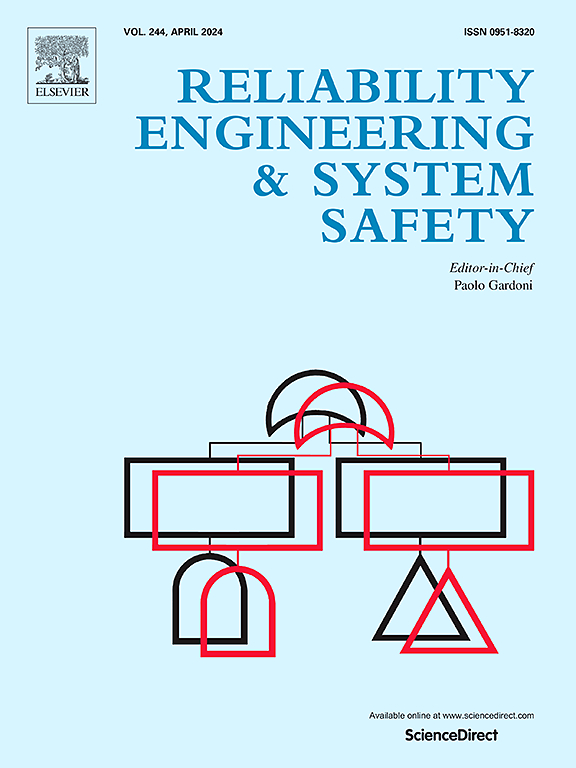Integrated maintenance service and spare parts supply strategy for service-oriented manufacturers with partially unknown information
IF 9.4
1区 工程技术
Q1 ENGINEERING, INDUSTRIAL
引用次数: 0
Abstract
Original equipment manufacturers (OEMs) are increasingly penetrating the aftersales market by providing maintenance services and OEM parts. Competition from independent maintenance service providers and independent parts suppliers necessitates that OEMs optimize strategies to enhance competitiveness while maintaining cost efficiency. Different from the independent operation of either business, the integration of OEMs’ dual roles creates significant interactions between maintenance service and spare parts supply. Particularly, within the constraints of production and inventory capacities, dynamic spare parts demand from internal maintenance needs and external orders complicates production quantity decisions and inventory allocation. From the perspective of service-oriented manufacturers under dual competition, this paper proposes an optimization model to maximize the expected total profits from maintenance services and spare parts sales. The model captures the interactions among decisions including pricing for service and spare parts, maintenance intervals, production quantities, and inventory allocation for dual-source demand. However, the differing decision timelines and partially unknown market information pose challenges to the collaborative optimization of these strategies. To address this, a two-stage algorithm integrating reinforcement learning is proposed, providing a “predetermination and online adjustment” mechanism. Numerical studies validate the advantages of the proposed methodology in mitigating potential profit loss due to independent optimization and estimation errors.
求助全文
约1分钟内获得全文
求助全文
来源期刊

Reliability Engineering & System Safety
管理科学-工程:工业
CiteScore
15.20
自引率
39.50%
发文量
621
审稿时长
67 days
期刊介绍:
Elsevier publishes Reliability Engineering & System Safety in association with the European Safety and Reliability Association and the Safety Engineering and Risk Analysis Division. The international journal is devoted to developing and applying methods to enhance the safety and reliability of complex technological systems, like nuclear power plants, chemical plants, hazardous waste facilities, space systems, offshore and maritime systems, transportation systems, constructed infrastructure, and manufacturing plants. The journal normally publishes only articles that involve the analysis of substantive problems related to the reliability of complex systems or present techniques and/or theoretical results that have a discernable relationship to the solution of such problems. An important aim is to balance academic material and practical applications.
 求助内容:
求助内容: 应助结果提醒方式:
应助结果提醒方式:


